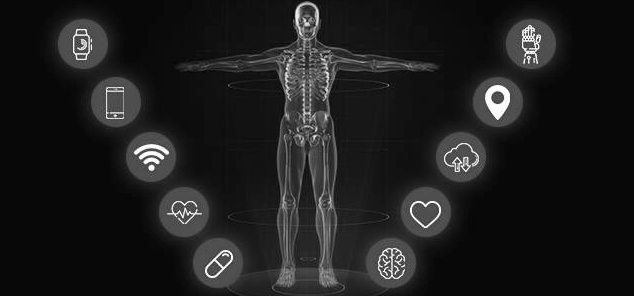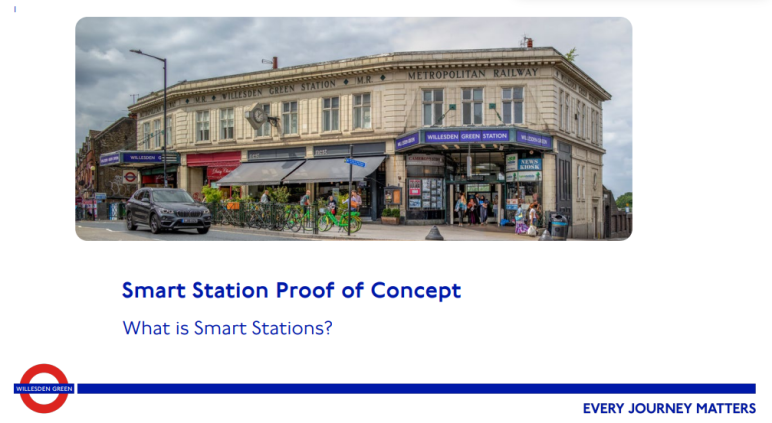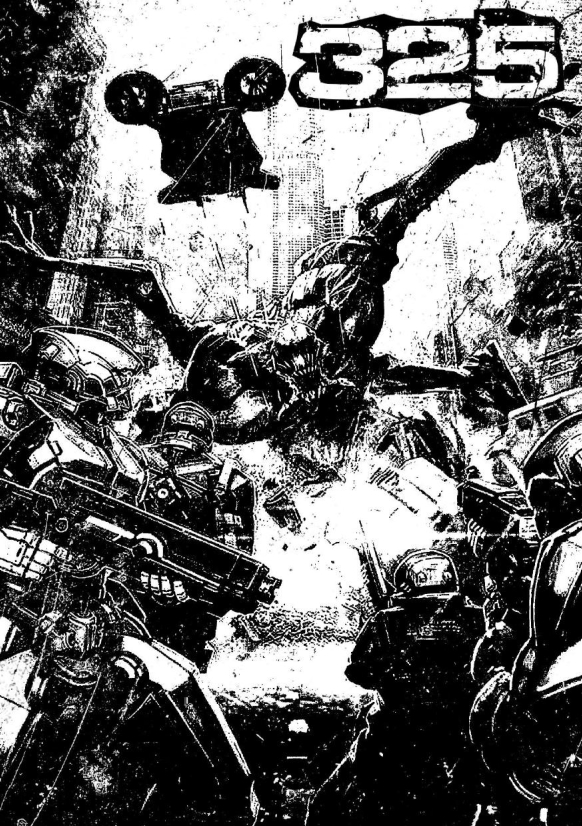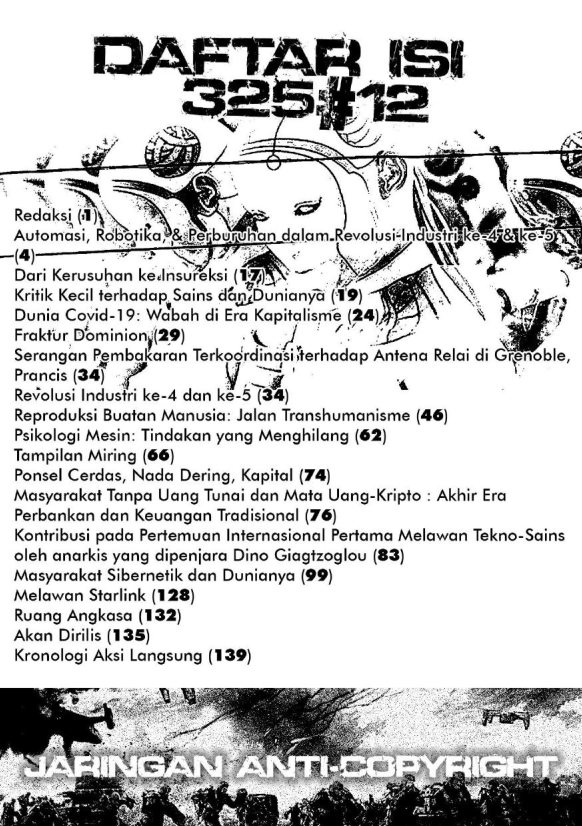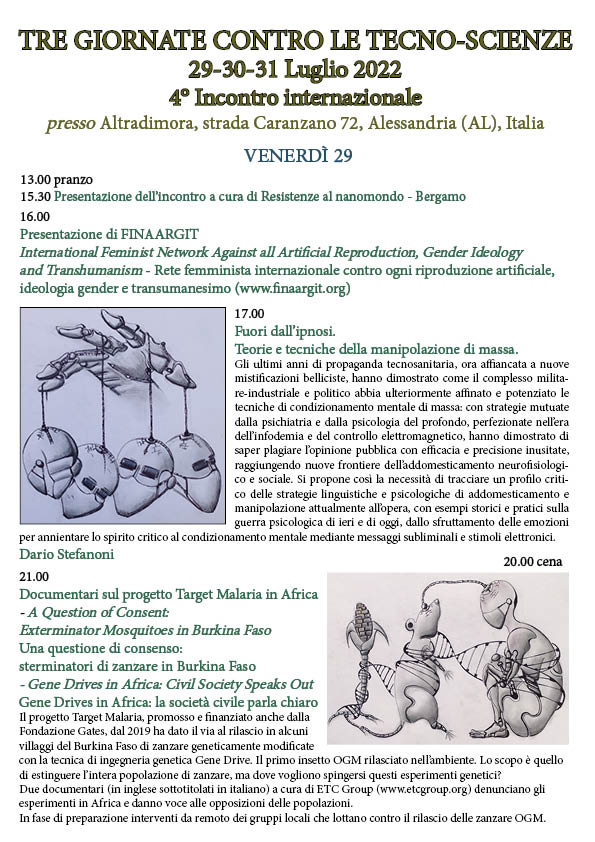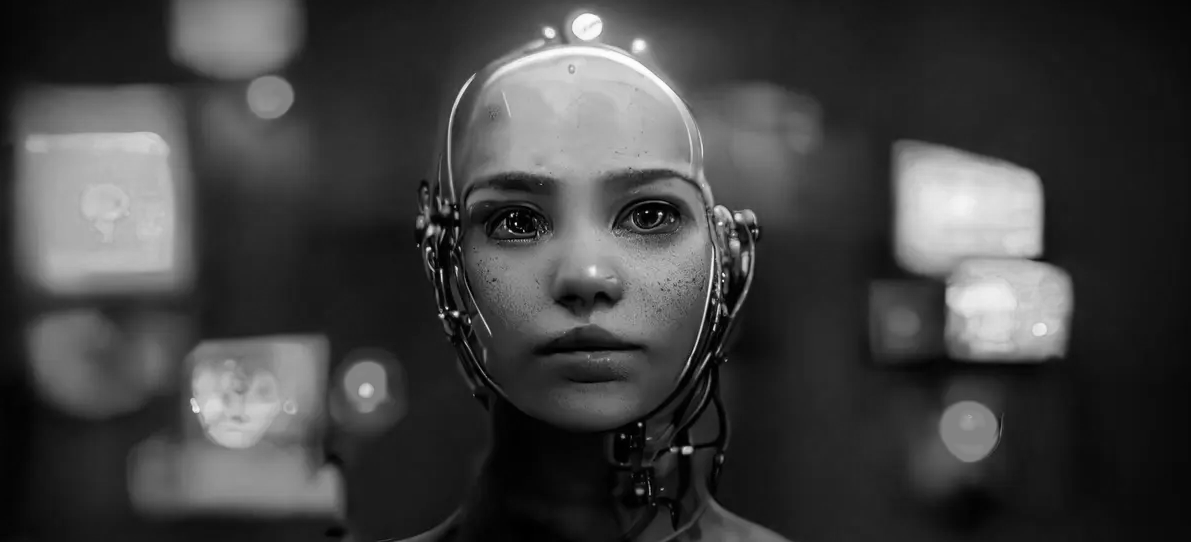
Transhumanism: the ideology of the techno-world
Silvia Guerini and Costantino Ragusa – Resistenze al nanomondo
A chapter from the book: Silvia Guerini and Costantino Ragusa, The ideology of the techno-world. Resisting the megamachine, acro-pólis, 2024.
We will soon publish an English translation of the entire book on our website: Resistenze al nanomondo, www.resistenzealnanomondo.org
“The goal of transhumanism is precisely to replace the natural with the planned”1.
James Hughes
From the First Industrial Revolution, we have come to define technological developments since the 21st century as the Fourth Industrial Revolution. Developments made possible by information technology that characterised the Third Industrial Revolution. In our view, defining the developments of the converging techno-sciences as a Fourth Industrial Revolution is somewhat reductive. First of all, this definition refers to a purely industrial process when the current transformations concern life itself. We do not have a transformation of a factory system that then has consequences for society as a whole, but we have from the very beginning a process that insinuates itself into society and into people’s existence. We are not confronted with developments that simply result from previous technical innovations, but we are confronted with a precise idea of the human being that can be realised thanks to the techno-sciences that can now extend into every dimension, penetrating right into bodies and life processes. Even advances in Artificial Intelligence, for example, do not stem from some new technological innovation, but from more powerful computers, more efficient algorithms and above all more available data.
Techno-sciences become a system, they become a horizon of meaning, they become the context of people’s existence, they become inevitable. They cannot be considered as technologies that fit into every sphere of society, leaving the possibility of using them or not, allowing a dimension of autonomy with respect to them. Once inserted, they become the environment itself, merging with it, shaping and transforming it according to their characteristics and according to the transhumanist ideology they carry. In doing so they become the new normal by shaping and transforming being-in-the-world, perceiving themselves in the world, being in the world and acting in the world. Ultimately transforming the human being.
It can be understood how in itself techno-sciences are not neutral: ‘what we consider the neutrality of technology is only our neutrality with respect to it’2.
The endless debate around their neutrality and their positive or negative use could end around the simple consideration that the harmful consequences cannot be considered as side effects: as far as genetic engineering technologies and nanotechnology are concerned, these are always announced disasters that among other things serve to speed up and normalise other steps.
Just as the atomic scientists observing the results of their tests on the inhabitants of the Bikini atolls did not have before their eyes side effects, but the very manifestation of nuclear research, the researchers developing gene editing with CRISPR/Cas9 do not have before their eyes the disappearance of DNA fragments and transmissible genetic modifications as undesirable effects, but the very possibility of intervening in the evolution of living beings.
Just as a tunnel effect microscope is not a simple instrument, but presupposes a world in which matter is manipulated at the nanoscale, techno-sciences presuppose a world in which the living becomes mere matter to be engineered and redesigned, in which every phenomenon is controlled in order to direct its direction and evolution. Human beings included.
The issue is much more radical than a debate reduced and flattened to utilities, advantages, disadvantages, risks, dangers, the reflection should be taken a little further, out of their realm of quantity, out of their mechanism, out of calculations and predictions to arrive at the radical questioning of the conception that sees the living as a machine. In this conception, only what can be measured and analysed has value, and it is this that becomes the real. But what will come out of tables, diagrams, models, enclosures, laboratories, test tubes and slides will be a minced, simplified, impoverished, degraded real. Nothing compared to the love with which Alfred Russel Wallace observed the bird of paradise in the forest of New Guinea or with which Jean-Henry Fabre spied the comings and goings of a beetle in Provence. That kind of science has disappeared, precisely because a Fabre behind the flattery of the academic world and the great scientific institutions made Victor Hugo’s words his own: ”I hate the stench of death from laboratories”, referring to vivisection on animals practised as profusely in his time as still today.
If a living being is conceived as a machine, one cannot get to know it through simple observation in its environment, it becomes necessary to break it down into its parts. ”It is in this light that one can understand why scientists think it is possible to learn more about life by cutting a frog open in a laboratory than by sitting by a pond observing frogs and fish, mosquitoes and water lilies living together”3. Modern science with its quantitative and utilitarian approach already had in its assumptions the dissection and manipulation laboratory. Continue reading “Transhumanism: the ideology of the techno-world”



